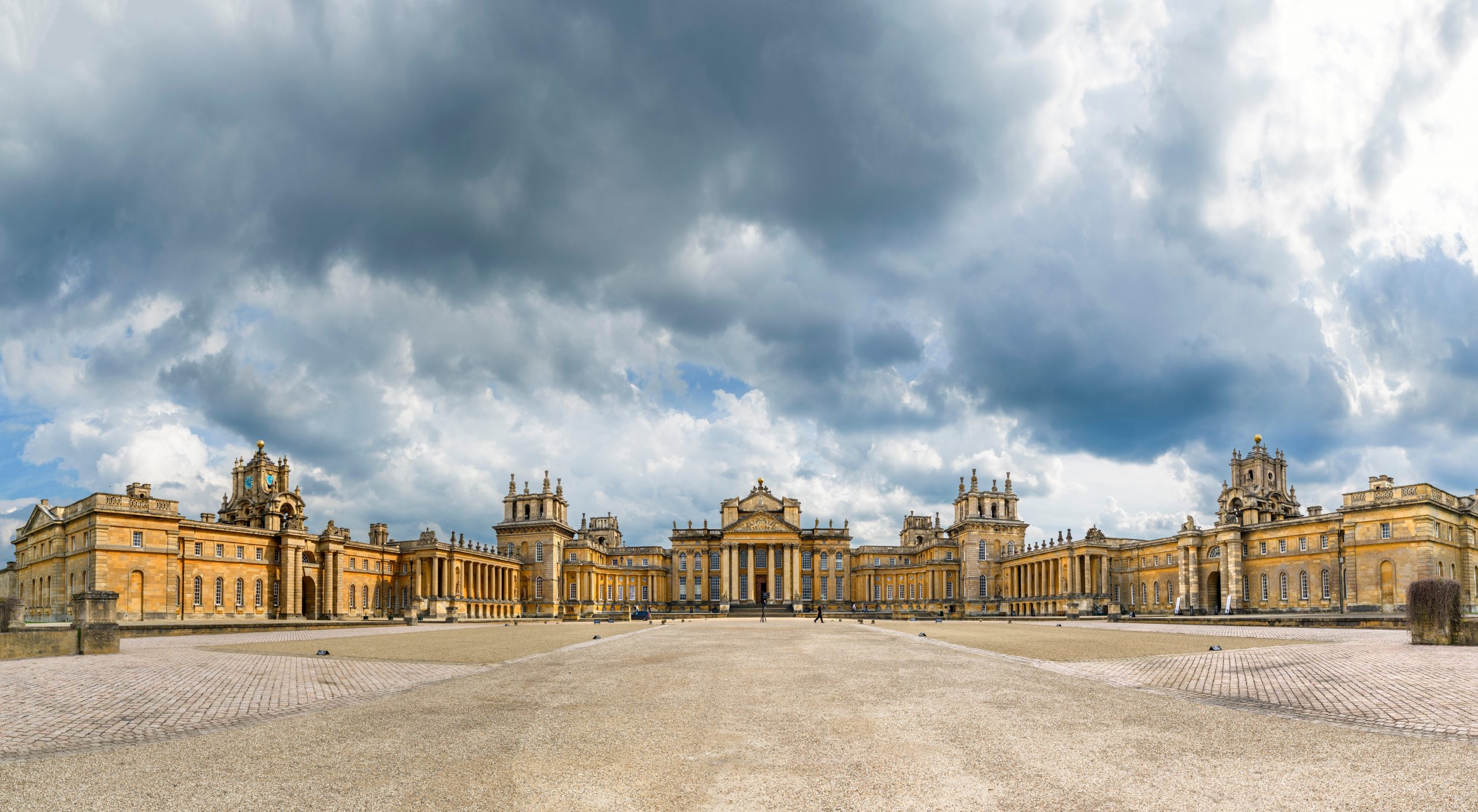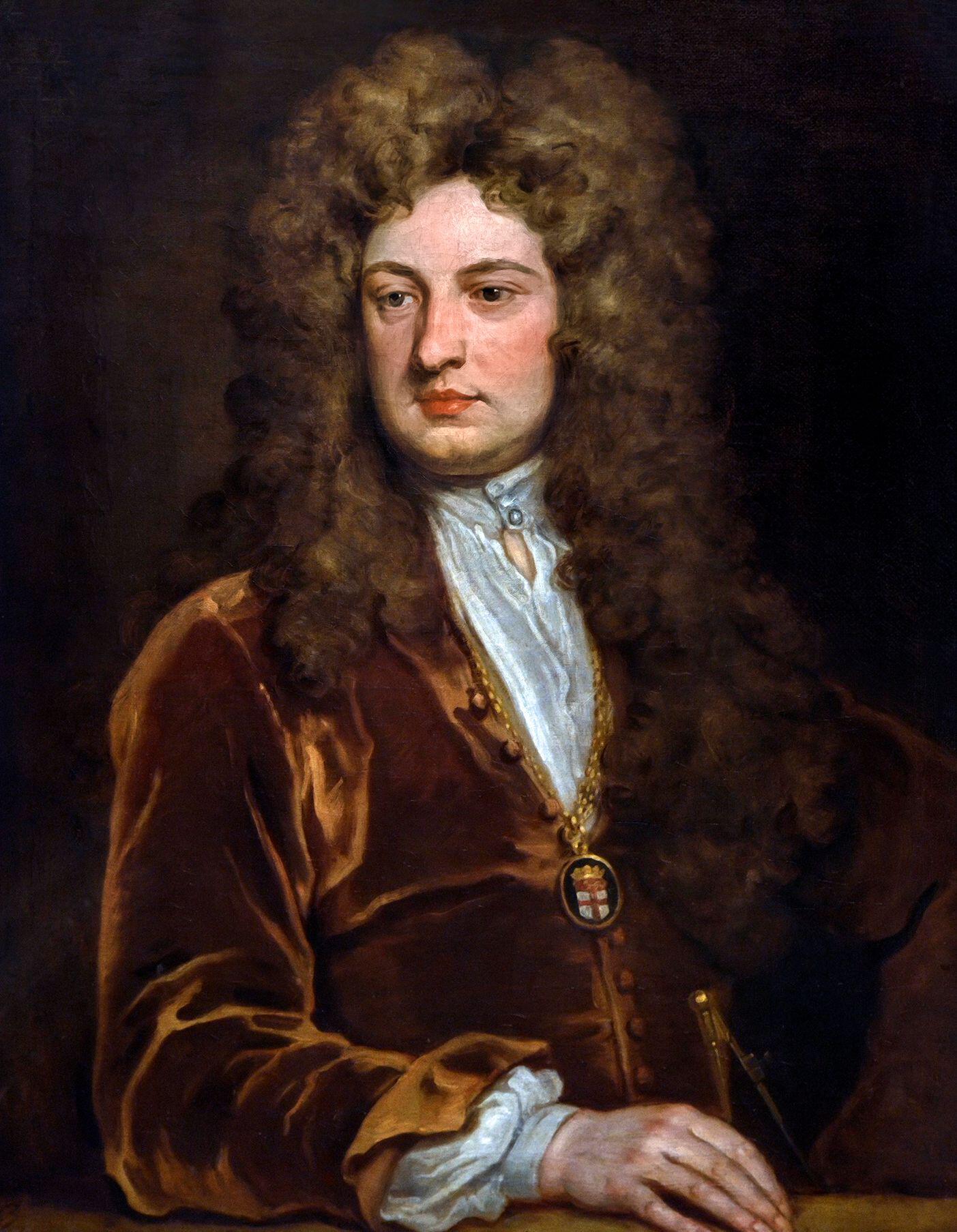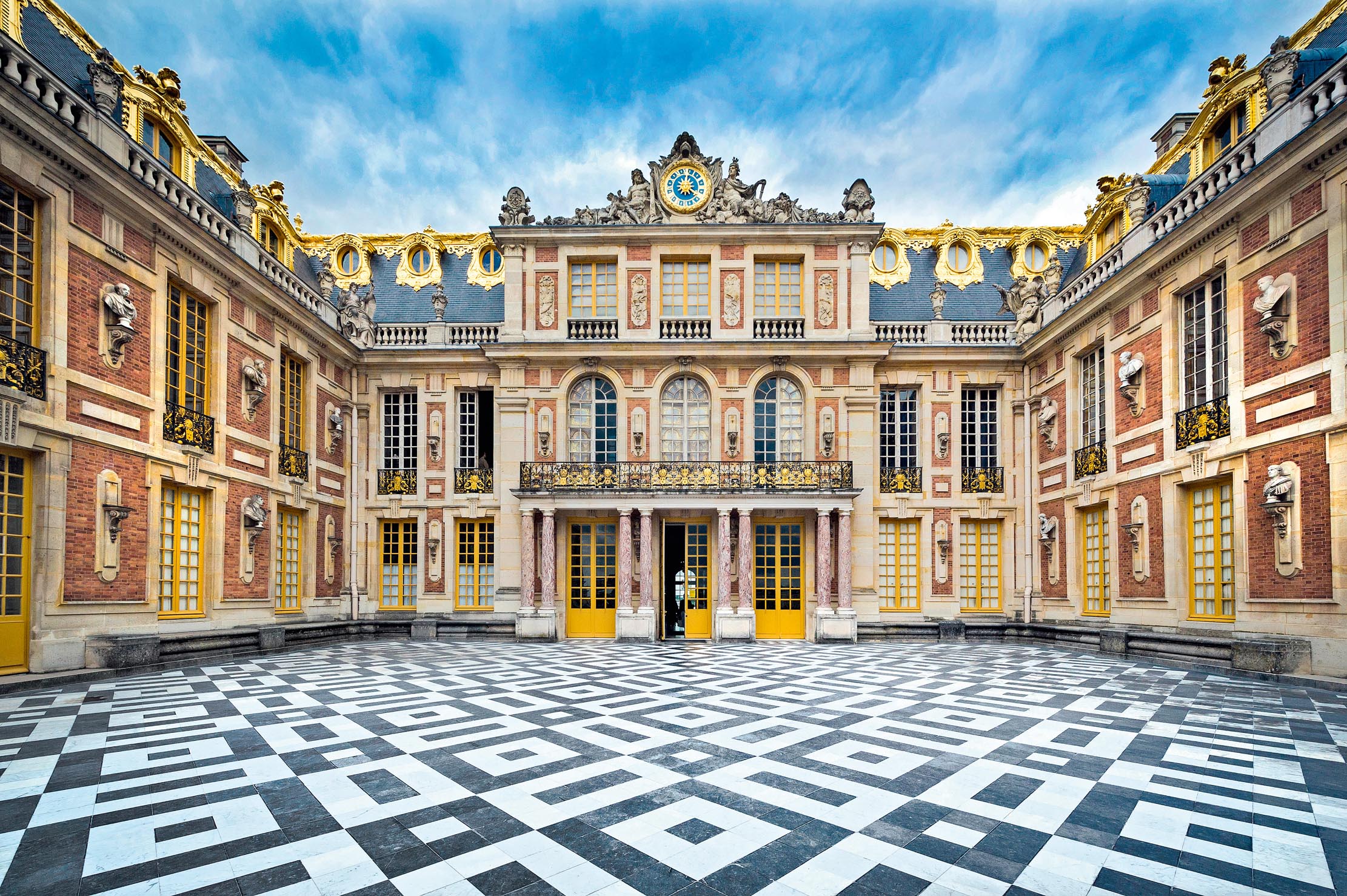Blenheim Palace: The tale of the only country house to be granted the title 'palace'
With its 856ft-long, exuberant frontage, Blenheim Palace is the crowning glory of Vanbrugh's work. Jack Watkins takes a look at this genuine masterpiece.


Vast and impersonal country houses, built to create an impression on visitors rather than bestow creature comforts on inhabitants, had been a feature of the English landscape long before Blenheim Palace. Yet this huge complex, the house alone encompassing seven acres of Oxfordshire on completion in 1725, bore comparison with the largest palaces of Europe.
Set to become the historic seat of the Dukes of Marlborough after Queen Anne gifted the manor of Woodstock to the 1st Duke, John Churchill, in 1705, as a reward for his military triumphs, it’s the only English country house — those of bishops aside — that has by longstanding popular consent been accorded the honorific title of palace (it was once described by some as Blenheim Castle).

It is the only one to be included on UNESCO’s list of World Heritage Sites, which places it in the company of Stonehenge, the Tower of London and the cathedrals of Canterbury and Durham for what is seen as its priceless expression of facets of our national culture.
Sir John Vanbrugh (1664–1726), its prime creator, already knew how to think big. Like Sir Christopher Wren, Vanbrugh was a late entrant to the architectural profession, being aged 35 when he was handed his first commission, Castle Howard in North Yorkshire, for the Earl of Carlisle in 1699. At a stroke, that splendid creation established him as the leading exponent of British Baroque, grandiose in style, romantic in spirit.

Vanbrugh had relied heavily upon Nicholas Hawksmoor’s technical expertise at Castle Howard and was to do so again at Blenheim, in the grounds of Woodstock’s former royal hunting park. They were a suitable alliance, both believing that the overall impression of a building was more important than the purity of its style.
It was Vanbrugh’s stated intention to give his houses ‘something of the Castle air’ and Blenheim’s colossal scale has that. With its frontage expanding to 856ft in its entirety, its intimidating Corinthian portico and corner towers project a curious mix of imperial Rome and medieval baronialism.
Further reflecting his keen sense of the past, during the construction of the palace the architect wrote a letter to Sarah Churchill, the first Duchess, unsuccessfully pleading for the retention of the remains of the old Woodstock manor house (which dated to the 12th century) within the grounds, for its historical associations and as an eyecatcher.
Exquisite houses, the beauty of Nature, and how to get the most from your life, straight to your inbox.

Many other great names of the Baroque age were employed on the interior. The flamboyant ceiling of the Great Hall was painted by Sir James Thornhill, the foremost English decorative painter of his day.
Louis Laguerre, his French-born, English-based rival, embellished the Great Drawing Room and there are many military-style carvings by Grinling Gibbons, who also designed the mighty pinnacles of the towers, as well as busts by Michael Rysbrack.
Yet, as the great age of country houses approached its peak, Blenheim was more a ‘Royal and a National Monument’, in Vanbrugh’s words, than a home. As such, its setting on the edge of a plateau was important. Although the original formal gardens were created by the Royal Gardener, Henry Wise, Vanbrugh, again assisted by Hawksmoor, designed the somewhat oversized bridge that crosses the river, as well as the flower garden.

The vast lake was created by damming the river, as part of the later landscape work by Capability Brown, which reflected a desire within the English garden movement of the time for a more Arcadian look. Indeed, some call Blenheim a more naturalistic version of Versailles.
Unfortunately, partly owing to the fact that Blenheim Palace is the birthplace of Sir Winston Churchill (he proposed to Clementine here, and the pair are buried at nearby Bladon, visible from Blenheim), it has become one of those tick-box places for tourists to shoot around on busy itineraries.
Given the array of memorabilia, the slightly glazed looks are understandable: there is so much to take in. Wisest is the visitor who simply stands back to reflect on the glories of the staggering, weightily Baroque exterior in its picturesque parkland setting.
See more and get visitor information at www.blenheimpalace.com
Leap of faith: Vanbrugh's other masterpieces

Seaton Delaval Hall, Northumberland. Not too many architects could boast a CV such as that of Vanbrugh, who was of Flemish descent, but London-born. He had had a spell in the army, had been imprisoned in the Bastille on suspicion of spying and was a prolific and successful writer of bawdy Restoration comedies before his abrupt switch to architecture.
Although his Castle Howard was a triumph, he was still something of an unknown quantity by the time Blenheim came to be built and, although he was Queen Anne and John Churchill’s choice for the task, Sarah Churchill had wanted the tried-and-tested veteran Wren.
The relationship between the pragmatic Sarah and the extravagant architect deteriorated to such an extent that Vanbrugh eventually left the project, which was completed by Hawksmoor. Nevertheless, Vanbrugh continued to work on country houses without the aid of Hawksmoor, notably Kimbolton Castle (Huntingdonshire), Kings Weston (Bristol), Grimsthorpe Castle (Lincolnshire) and Seaton Delaval (Northumberland, above), the latter being perhaps his most romantic Baroque creation of all.

How the English fell in love with Versailles, Louis XIV's 'most magnificent and Royal palace'
From 1661 until his death in 1715, Louis XIV invested huge sums of money transforming the Palace of Versailles in
Jack Watkins has written on conservation and Nature for The Independent, The Guardian and The Daily Telegraph. He also writes about lost London, history, ghosts — and on early rock 'n' roll, soul and the neglected art of crooning for various music magazines
